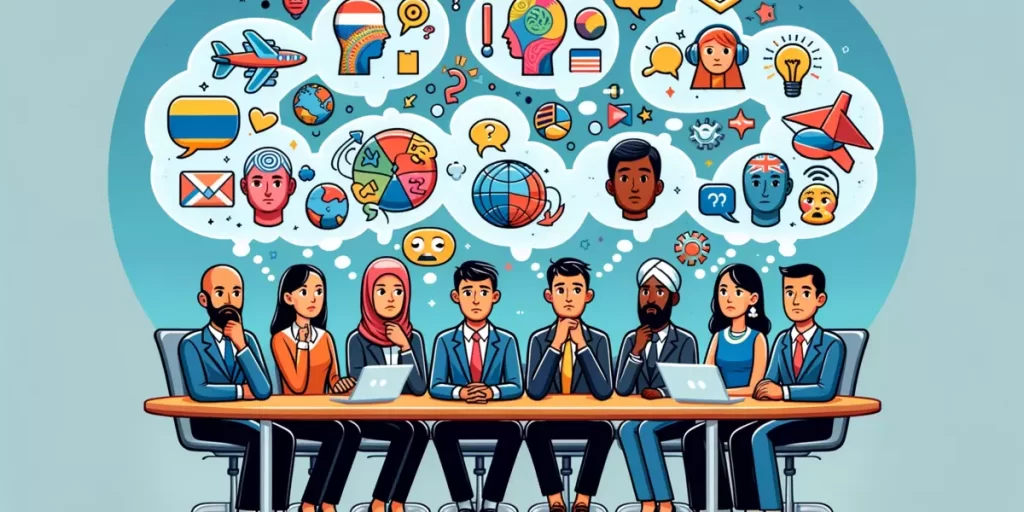Artificial intelligence promises to revolutionize businesses. However, despite its potential benefits, many organizations are struggling to fully capitalize on AI. In this article, we discuss the reasons behind this slow progress and propose solutions for leaders to overcome organizational challenges and effectively implement AI.

Misunderstanding AI’s Role: Breaking down the Misconception
Many businesses invest heavily in AI infrastructure but fail to recognize its true potential. Treating AI as a plug-and-play technology with immediate returns leads to underutilization and ineffectiveness. Instead, organizations need to embrace a strategic approach, focusing on collaboration and creating cross-functional teams. These teams, consisting of IT, business operations, product development, and data analytics experts, collaborate to identify specific business challenges, prioritize AI projects, and ensure alignment with the organization’s objectives.
The Power of Interdisciplinary Collaboration
Effective AI adoption hinges upon diverse perspectives and collaboration among various departments. Such teams can bridge the gap between data scientists and domain experts, ensuring that AI solutions address real-world business challenges and deliver tangible value. Moreover, collaboration fosters continuous learning, accelerates innovation, and enhances overall organizational performance.
Decentralization and Data-Driven Decision Making
Traditional decision-making, which relies on human intuition and experience, can hinder AI adoption. To overcome this, organizations must foster a data-driven culture and decentralize decision-making power. Empowering employees to make data-driven decisions not only speeds up the decision-making process, but it also allows them to trust and utilize AI recommendations. This, in turn, encourages the adoption of AI tools and fuels organizational growth.
Embracing Failure: A Test-and-Learn Mentality
Fear of failure can prevent organizations from experimenting with and adopting new technologies, including AI. To overcome this, companies should adopt a test-and-learn mentality. By viewing failures as opportunities to learn, iterate, and continuously improve, organizations can accelerate their AI journey and realize its full potential.
Education and Training: Building a Prepared Workforce
To effectively leverage AI, organizations must invest in their workforce through comprehensive education and training programs. These initiatives ought to focus on both technical skills, such as data analysis and AI development, and soft skills, such as creativity, critical thinking, and problem-solving. Developing a skilled workforce that can identify AI opportunities and navigate any challenges is crucial to the long-term success of AI initiatives.
Bridging the gap between organizational challenges and AI adoption requires a multi-faceted approach. By focusing on interdisciplinary collaboration, empowering the workforce to make data-driven decisions, adopting a test-and-learn mentality, and investing in education and training programs, organizations can effectively implement AI and unlock its transformative potential.

